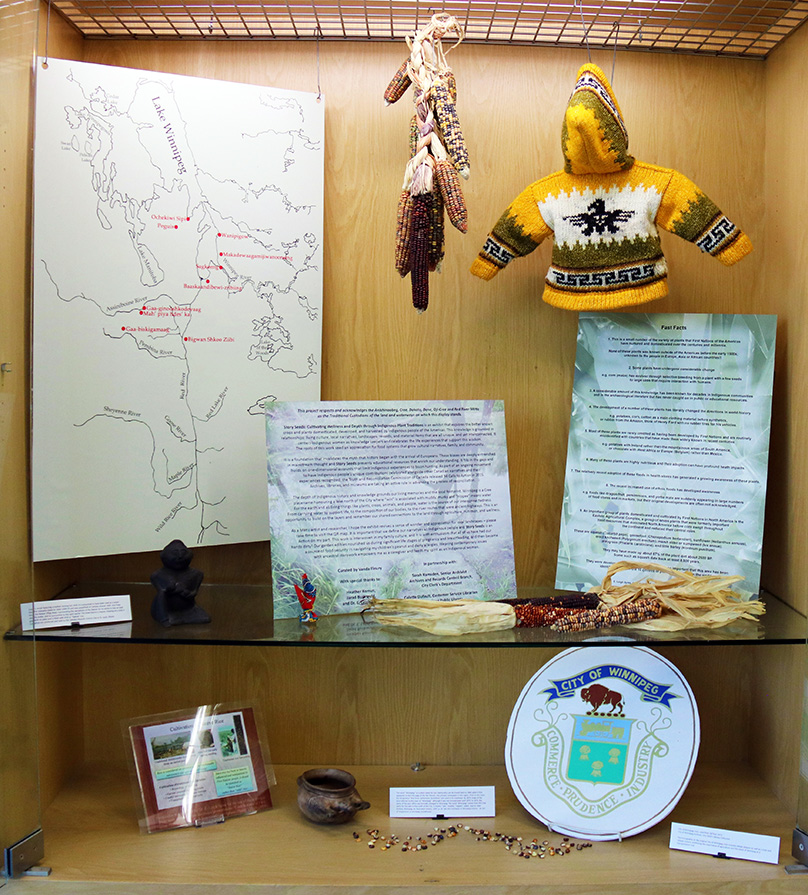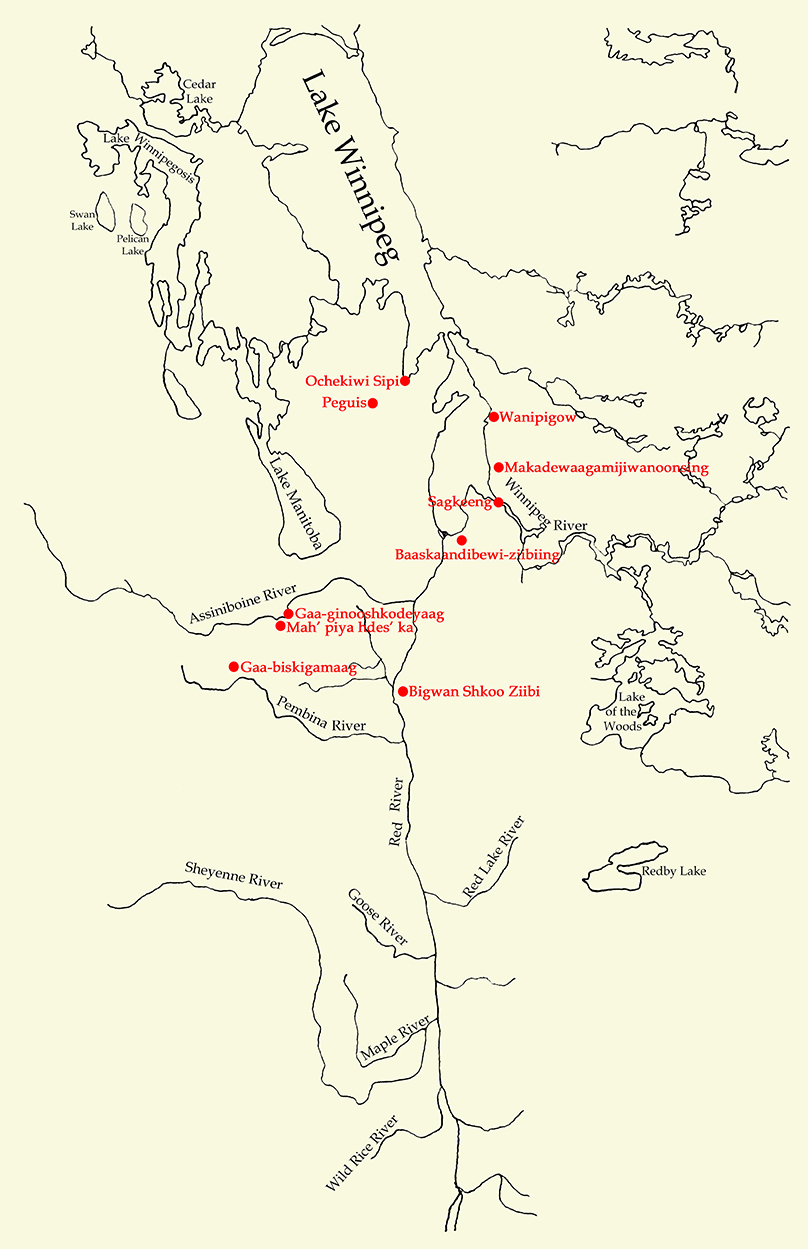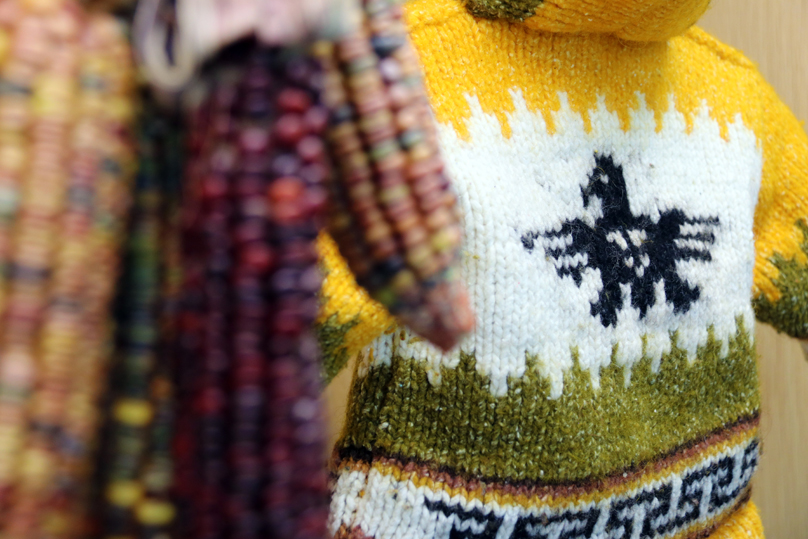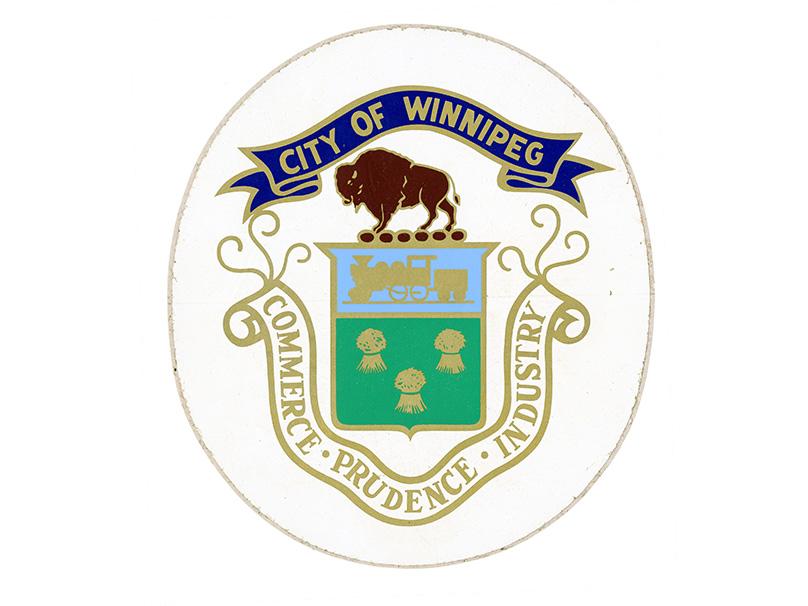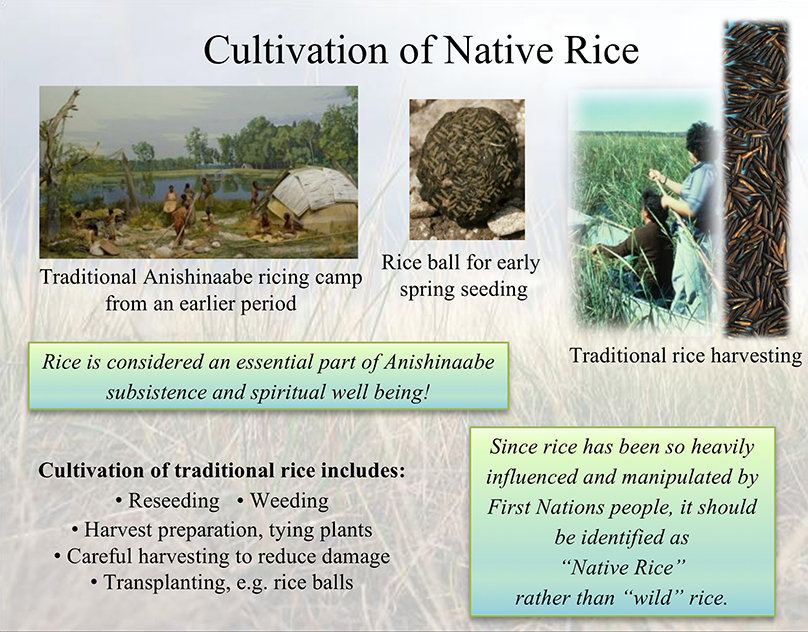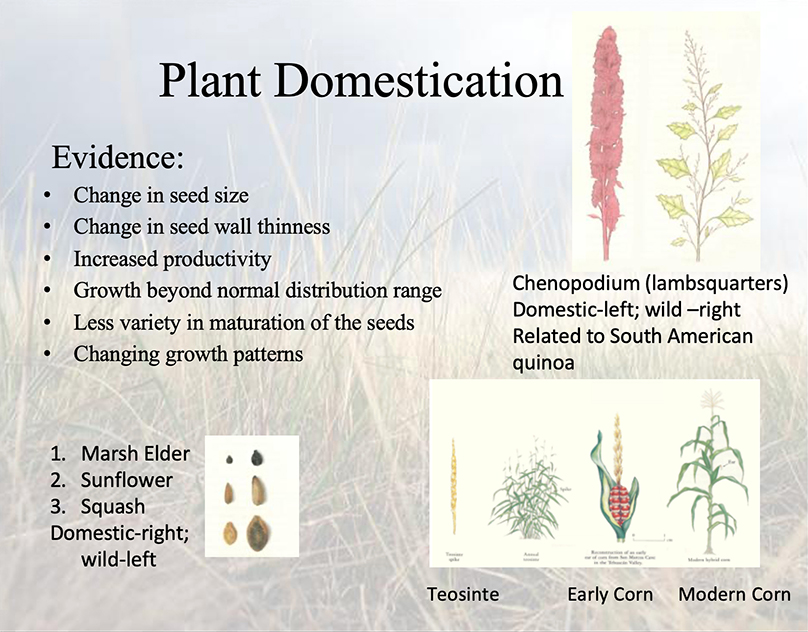Story Seeds – Part 1: Shared connections to water & land
DNA of the "red water river"
The depth of local Indigenous history and knowledge grounds our footprints in Winnipeg, Manitoba. Story Seeds builds on these layers. It is about remembering our shared connections to water and land through agriculture, nutrition, and wellness.
This is where the Assiniboine and Red rivers meet. The Anishinaabe phrase "Miskwagama Sipi" means “red water river.” It speaks to the red-brown silt that is part of its DNA. The historic Red River Valley itself is defined by floodwaters, signaling “replenishment” and growth in the spring.
On the floodplain at the Kenosewun site, near Lockport, Manitoba, signs remind us of the hidden benefits of flooding: “Every time the river overflows its banks, it spreads a new layer of nutrients and silt on the ground, leaving it rich and fertile.”
The richness of the area is an establishing feature of Indigenous agriculture.
Thunderbird motif
Along the river at the St. Andrews Heritage Centre, the exhibit, “First Farmers” features a replica clay pot unearthed at the Kenosewun site. The pot has a decorative pattern representing the tailfeathers of a Thunderbird, a powerful entity respected across Indigenous cultures. It is unique.
The child’s yellow and white knit jacket part of Story Seeds suggests the Thunderbird motif transcends time. As a symbolic connection to the vessel from Kenosewun, the focus rests on the black Thunderbird on the back.
Urban spring
The word “Winnipeg” comes from the Cree name for the lake to the north of the city. It means: “win,” muddy; “nippee,” water.
As a place name for our community, it can be traced back to 1865 when it first appeared on the title page of the Nor’Wester, the primary newspaper in the region. Before that, the newspaper used “Red River Settlement, Assiniboia” in its masthead.
By 1870, maps of the area referred to the town of “Winnipeg,” although it was not incorporated until 1873. In 1876, the name of the post office was formally changed to Winnipeg.
The original City of Winnipeg crest had wheat sheaves, a train, and a railway. The images present Winnipeg as an agricultural and transportation hub.
For the earth and all living things like plants, crops, animals, and people, water is essential. Think about the river routes that were ancient highways, composition of our bodies, and carrying water to support life.
Cultivation of Native rice
This bowl depicts a beaver chewing on a stick grasped with its paws. It’s filled with wild or “Native” rice. The Beaver Effigy Bowl represents the sacredness of the Beaver. This is because it can live on land and in the water and is connected to the spirit world.
For many Indigenous Nations, rice is considered an essential part of life and spiritual wellbeing. Growing traditional rice requires a variety of knowledge and skills. It involves reseeding, weeding, and preparing for the harvest by tying plants, careful harvesting to reduce damage, and transplanting by making rice balls. These balls were used for early spring seeding.
According to Dr. E. Leigh Syms, long-time and former curator of archaeology at the Manitoba Museum, First Nations people have heavily influenced and changed rice. He believes we should call it “Native rice” instead of “wild rice.”
